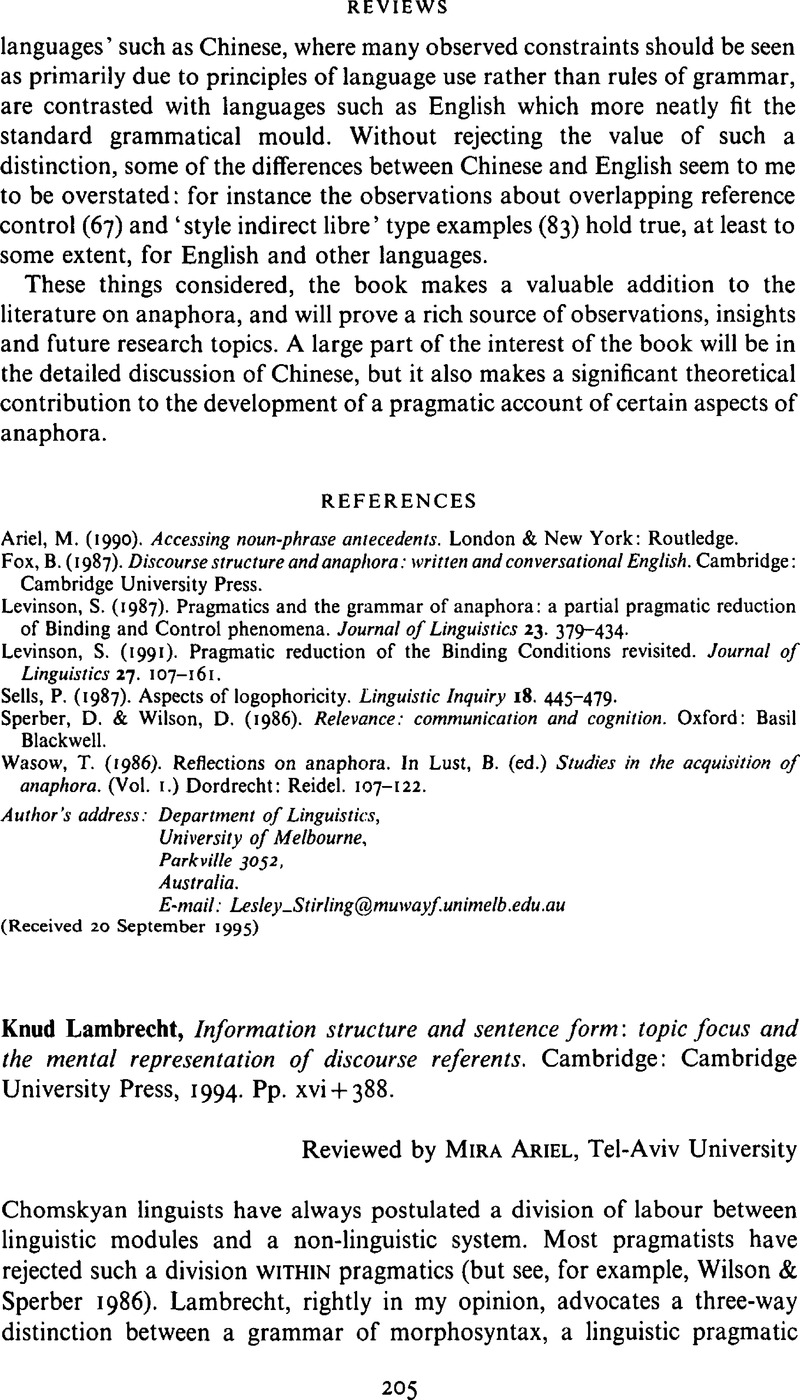Crossref Citations
This article has been cited by the following publications. This list is generated based on data provided by Crossref.
Marten, Lutz
and
van der Wal, Jenneke
2014.
A typology of Bantu subject inversion.
Linguistic Variation,
Vol. 14,
Issue. 2,
p.
318.
Twumasi-Ankrah, Emmanuel
Antwi, Emmanuel Kojo Ennin
Wiafe, Frimpong
and
Boaheng, Isaac
2022.
An Analytical Study of the Translations of Genesis 1:26-27 in the Akuapem-Twi Bible.
Journal of Mother-Tongue Biblical Hermeneutics and Theology,
p.
45.
Ogunlana, Babatunde Adekunle
2022.
A Comparative Study of Word Orders in the Law Code of Hammurabi and the Book of Covenant.
Journal of Mother-Tongue Biblical Hermeneutics and Theology,
p.
30.
O, B
2022.
A.
Journal of Mother-Tongue Biblical Hermeneutics and Theology,
p.
30.
Foolen, Ad
2023.
CONSTRUCTION PRAGMATICS IN A WIDER CONTEXT. AN ADDITION TO WEN (2022).
Lege artis. Language yesterday, today, tomorrow,
p.
21.



